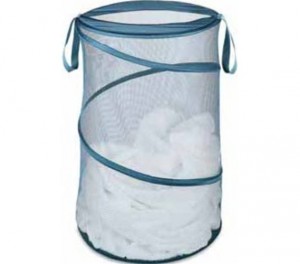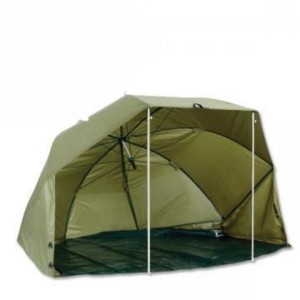Line, by Anthony Truong-Nyugen: The connection between 2 points

The drawer shows the connection between one corner of the picture and another.
Shape, by Jordan Hughes: How space is arranged in a composition

Texture, by Emma Drumright: The visual representation of a surface

The texture of the hairbrush is dominant, which gives the whole picture the feel of that hairbrush.
Value, by Michelle DeSantiago: The gradient of a color

The various gradations of white and orange in the picture show the different values of white and orange.
Color, by Alex Clarke: The reflection and absorption of light

The lighter feathers reflect yellow and absorb all other colors, and the darker feathers reflect dark blue while absorbing other colors.

The darker colors clearly capture and filter more of the light from above, while the lighter colors absorb the darker parts of that light and only filter through the brightest colors.
Plane, by Alex Clarke: A flat dimension of space

These two flat planes colliding demonstrate the flatness of each.

These two planes interact to demonstrate the 3D quality a flat plane can have, even when both are simply 1-dimensional.
Volume, by Anthony Truong-Ngyugen: The amount of space an object takes up

The cup is clearly taking up space in this picture, thanks to the lighting and the overall shape of the cup.
Mass, by Emma Drumright: How heavy an object appears

This object appears to have a lot of mass, because of the lighting that places the focus and weight solely on the object’s shape underneath the sheet.
Space, by Michelle DeSantiago: The area that may or may not contain shapes

There is one little shape in the bottom right corner of the picture, but the rest of the picture is filled with empty space.
Light, by Jordan Hughes: The force that creates value and shadows

Time/motion, by Michelle DeSantiago: The sequence of one moment to another



The sequence of the plant growing up moment by moment represents time.
Unity/variety, by Emma Drumright: The compilation or scattering of objects in a composition

All of the flowers have been scattered throughout this bush, but when viewed together they create a unity in the picture because they are all the same.

There are a lot of different objects in the picture, which creates the variety, but the unity comes from their placement beside each other in the picture.
Balance, by Anthony Truong-Nyugen: When multiple objects have the same weight in a composition

The objects that create balance are the lines that are symmetrical from multiple directions.
Scale/proportion, by Alex Clarke: Size of objects in relation to each other

The tree in the foreground is much bigger than the trees behind it; this shows perspective.

The bench at the front is bigger than the one at the very back, and in relation to each other create gradual perspective.
Rhythm, by Michelle DeSantiago: Repetition of an art element that creates the illusion of movement

The repetition comes from the lineup of the holes at the bottom, and the multiple lines that are in between, to create a pattern that seems to continue outside of the picture.
Emphasis, by Jordan Hughes: The use of art elements to bring focus to a certain area or object in a composition

























